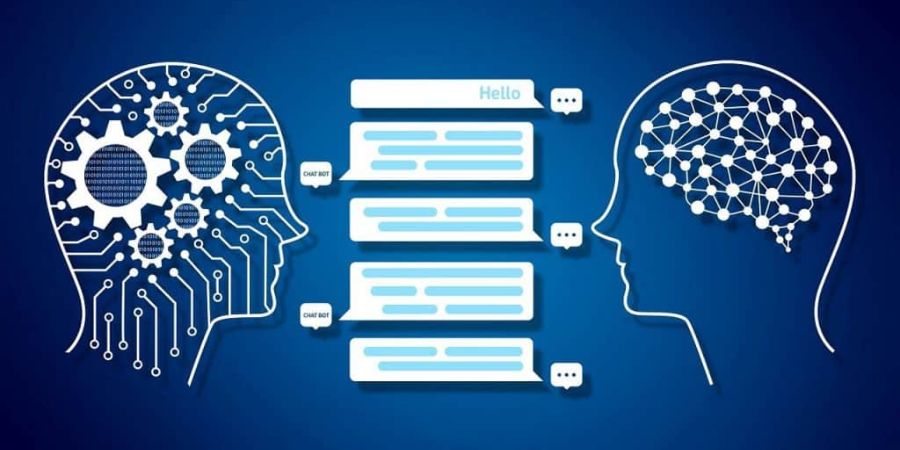Natural Language Processing: Everything You Need to Know
Natural language processing (NLP) is a subfield of Artificial Intelligence (AI) that focuses on the interaction between computers and humans in natural language. It is an area of study that combines computer science, linguistics, and artificial intelligence to enable computers to understand, interpret, and generate human language.
What is Natural Language Processing?
Natural language processing (NLP) refers to the ability of computers to process, analyze, and generate natural language, which is the language that humans use to communicate with each other. NLP involves the use of algorithms, statistical models, and machine learning techniques to enable computers to understand, interpret, and generate human language. NLP is a complex field that involves many different techniques and approaches, but some of the core tasks that it involves include:
- Text Classification: This involves categorizing text into different categories, such as spam or not spam, positive or negative sentiment, and different topics.
- Named Entity Recognition (NER): This involves identifying and extracting specific pieces of information from a text, such as names, places, and organizations.
- Part-of-Speech (POS) Tagging: This involves identifying and labeling the different parts of speech in a text, such as nouns, verbs, adjectives, and adverbs.
- Sentiment Analysis: This involves determining the emotional tone of a text, such as whether it is positive, negative, or neutral.
- Language Translation: This involves translating text from one language to another.
- Question Answering: This involves answering questions posed by humans in natural language.
Applications of Natural Language Processing
Natural language processing has many different applications across a variety of industries. Here are some of the key applications of NLP:
1. Chatbots and Virtual Assistants
One of the most popular applications of NLP is the development of chatbots and virtual assistants. These are computer programs that use NLP techniques to interact with humans in natural language. They can answer questions, provide information, and carry out tasks, such as scheduling appointments and making reservations.
2. Sentiment Analysis
Sentiment analysis is another popular application of NLP. It involves analyzing large amounts of text to determine the emotional tone of the text, such as whether it is positive, negative, or neutral. Sentiment analysis is used in many different industries, such as marketing, customer service, and product development.
3. Language Translation
Language translation is another important application of NLP. It involves translating text from one language to another. NLP techniques are used to analyze the structure and meaning of the text in the source language and then generate a translation in the target language.
4. Fraud Detection
NLP techniques are also used in fraud detection. By analyzing text data, such as emails, chat logs, and financial transactions, NLP algorithms can detect patterns of behavior that may be indicative of fraud or other criminal activity.
How Does Natural Language Processing Work?
NLP involves the use of many different techniques and algorithms to enable computers to process and understand human language. Some of the key techniques used in NLP include:
- Tokenization: This involves breaking text down into individual words or tokens, which can then be analyzed and processed.
- Stemming and Lemmatization: These techniques involve reducing words to their root form or base form, which can help to reduce the complexity of the text.
- Parsing: This involves analyzing the structure of a sentence or text to determine its grammatical structure.
- Word Sense Disambiguation (WSD): This involves determining the correct meaning of a word based on the context in which it is used.
- Topic Modeling: This involves identifying the topics that are discussed in a text and categorizing the text based on those topics.
NLP algorithms also rely heavily on statistical models and machine learning techniques to identify patterns and relationships in large datasets of text.
Challenges in Natural Language Processing
While NLP has made significant strides in recent years, there are still many challenges that need to be addressed. Some of the key challenges include:
- Ambiguity: Human language is often ambiguous and context-dependent, which can make it difficult for computers to understand the intended meaning of a text.
- Idiomatic Expressions: Human language is full of idiomatic expressions and metaphors that can be difficult for computers to understand.
- Domain-Specific Language: Different fields and industries often have their own unique language and terminology, which can make it difficult for computers to understand text in those fields.
- Data Quality: NLP algorithms rely heavily on large datasets of text, but these datasets can often be noisy or contain errors, which can affect the accuracy of the algorithms.
Future of Natural Language Processing
Despite the challenges, the future of NLP looks very promising. As technology continues to advance, we can expect to see even more powerful NLP algorithms that are capable of understanding and generating human language with even greater accuracy and fluency. Some of the key areas of focus in NLP research and development include:
- Deep Learning: Deep learning techniques, such as neural networks, are becoming increasingly popular in NLP research and development.
- Multilingual NLP: As the world becomes increasingly globalized, there is a growing need for NLP algorithms that can process and understand text in multiple languages.
- Interdisciplinary Collaboration: NLP is an interdisciplinary field that involves computer science, linguistics, and artificial intelligence. Collaboration between researchers in these fields can help to drive innovation and accelerate progress in NLP research.
Conclusion
Natural language processing (NLP) is a rapidly evolving field that has the potential to transform the way we interact with computers and each other. NLP techniques are already being used in a wide range of applications, from chatbots and virtual assistants to sentiment analysis and fraud detection. As technology continues to advance, we can expect to see even more exciting applications emerge in the future, making NLP one of the most exciting and dynamic fields in artificial intelligence today.





No comments